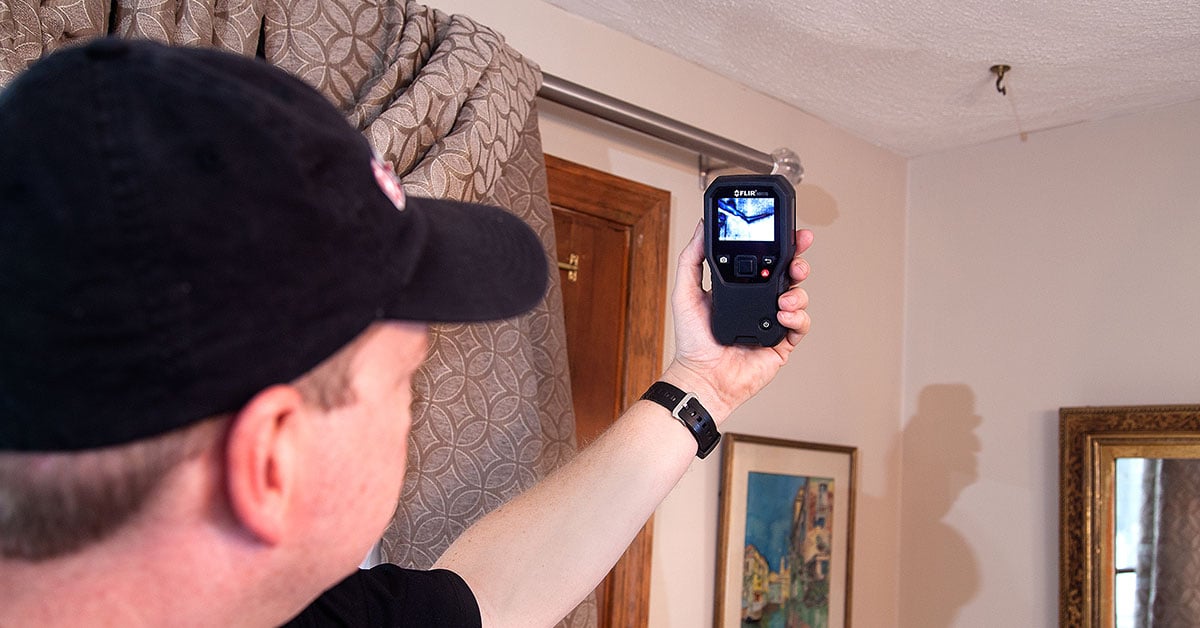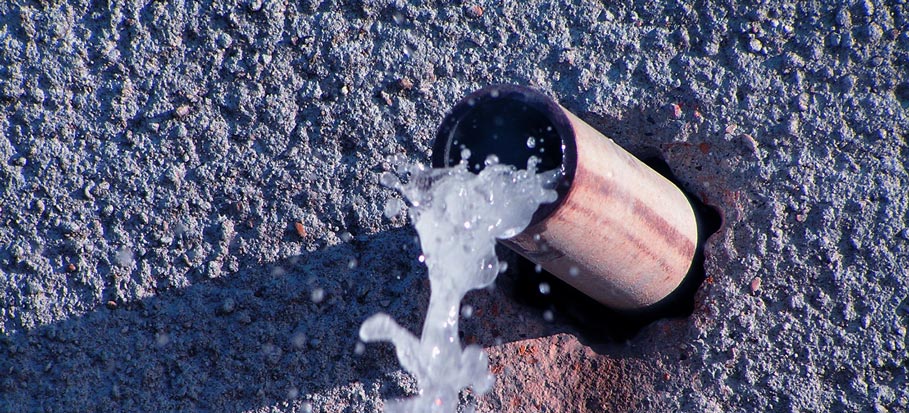Listed here in the next paragraph yow will discover a good deal of decent answers concerning Finding hidden leaks.

Early discovery of leaking water lines can alleviate a potential calamity. Besides saving you money, it will decrease the aggravation and also stress. The minute you discover a leakage, calling your plumber for repair work is the very best option. Some tiny water leakages might not be visible. If you can not discover it with your nude eyes, right here are some hacks that help.
1. Examine the Water Meter
Every house has a water meter. Examining it is a proven way that assists you find leakages. For starters, shut off all the water resources. Ensure no person will flush, use the faucet, shower, run the cleaning maker or dishwasher. From there, go to the meter and also watch if it will change. Because no one is utilizing it, there must be no motions. If it relocates, that shows a fast-moving leakage. If you find no adjustments, wait an hour or 2 and check back again. This means you might have a sluggish leakage that can even be underground.
2. Inspect Water Consumption
Analyze your water bills and track your water usage. As the one paying it, you should see if there are any discrepancies. If you identify sudden changes, regardless of your consumption being the same, it suggests that you have leakages in your plumbing system. Keep in mind, your water expense must fall under the exact same array every month. An abrupt spike in your expense indicates a fast-moving leak.
A consistent rise every month, also with the same habits, shows you have a sluggish leak that's additionally slowly escalating. Call a plumber to extensively inspect your home, specifically if you feel a cozy location on your flooring with piping underneath.
3. Do a Food Coloring Test
When it comes to water consumption, 30% comes from toilets. If the color somehow infiltrates your dish during that time without flushing, there's a leak in between the storage tank and dish.
4. Asses Outside Lines
Don't fail to remember to check your exterior water lines also. Needs to water seep out of the link, you have a loose rubber gasket. One small leakage can throw away lots of water as well as increase your water costs.
5. Evaluate as well as Examine the Scenario
Property owners must make it a routine to check under the sink counters and also inside closets for any bad odor or mold development. These 2 red flags show a leakage so timely focus is called for. Doing regular assessments, also bi-annually, can conserve you from a significant trouble.
Examine for stainings and compromising as most home appliances and also pipes have a life expectations. If you believe leaking water lines in your plumbing system, don't wait for it to intensify.
Early detection of leaking water lines can minimize a potential disaster. Some small water leakages might not be noticeable. Checking it is a proven way that assists you uncover leaks. One small leakage can lose heaps of water and also increase your water bill.
If you presume dripping water lines in your plumbing system, do not wait for it to rise.
WARNING SIGNS OF WATER LEAKAGE BEHIND THE WALL
PERSISTENT MUSTY ODORS
As water slowly drips from a leaky pipe inside the wall, flooring and sheetrock stay damp and develop an odor similar to wet cardboard. It generates a musty smell that can help you find hidden leaks.
MOLD IN UNUSUAL AREAS
Mold usually grows in wet areas like kitchens, baths and laundry rooms. If you spot the stuff on walls or baseboards in other rooms of the house, it’s a good indicator of undetected water leaks.
STAINS THAT GROW
When mold thrives around a leaky pipe, it sometimes takes hold on the inside surface of the affected wall. A growing stain on otherwise clean sheetrock is often your sign of a hidden plumbing problem.
PEELING OR BUBBLING WALLPAPER / PAINT
This clue is easy to miss in rooms that don’t get much use. When you see wallpaper separating along seams or paint bubbling or flaking off the wall, blame sheetrock that stays wet because of an undetected leak.
BUCKLED CEILINGS AND STAINED FLOORS
If ceilings or floors in bathrooms, kitchens or laundry areas develop structural problems, don’t rule out constant damp inside the walls. Wet sheetrock can affect adjacent framing, flooring and ceilings.
https://www.servicemasterbyzaba.com/blog/how-to-detect-water-leakage-in-walls/

I ran across that review on Leaking water lines when doing research the web. Those who enjoyed our blog post kindly do not forget to pass it around. I am grateful for your time. Don't forget to come visit our website back soon.
 Emilio Estevez Then & Now!
Emilio Estevez Then & Now! Brian Bonsall Then & Now!
Brian Bonsall Then & Now! David Faustino Then & Now!
David Faustino Then & Now! Tyra Banks Then & Now!
Tyra Banks Then & Now! Barbara Eden Then & Now!
Barbara Eden Then & Now!